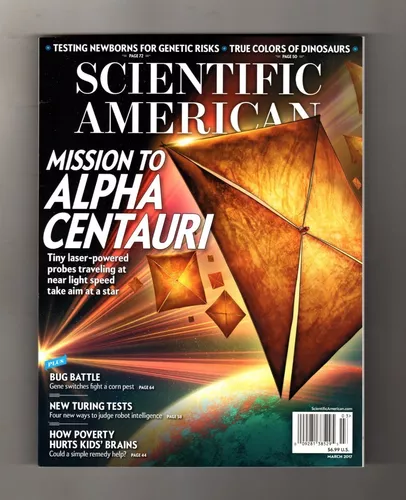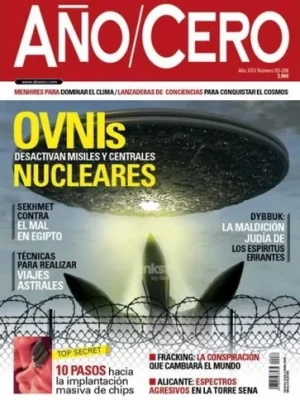Revista Scientific American Marzo 2017. Inglés
$29.500
Revista Scientific American Marzo 2017. Inglés
ISSN: 0036-8733
Descripción
Inside the Breakthrough Starshot Mission to Alpha Centauri
A billionaire-funded plan aims to send a probe to another star. But can it be done?
In the spring of 2016 I was at a reception with Freeman Dyson, the brilliant physicist and mathematician, then 92 and emeritus at the Institute for Advanced Study in Princeton, N.J. He never says what you expect him to, so I asked him, “What’s new?” He smiled his ambiguous smile and answered, “Apparently we’re going to Alpha Centauri.” This star is one of our sun’s nearest neighbors, and a Silicon Valley billionaire had recently announced that he was funding a project called Breakthrough Starshot to send some kind of spaceship there. “Is that a good idea?” I asked. Dyson’s smile got wider:
“No, it’s silly.” Then he added, “But the spacecraft is interesting.”
The spacecraft is indeed interesting. Instead of the usual rocket, powered by chemical reactions and big enough to carry humans or heavy instruments, Starshot is a cloud of tiny, multifunction chips called StarChips, each attached to a so-called light sail. The sail would be so insubstantial that when hit by a laser beam, called a light beamer, it would a
A New Model for Defeating Cancer: CAR T Cells
Some advanced cancers can now be successfully treated by synthetic immune cells that are more powerful and longer-lasting than any found in the body
By Avery D. Posey, Carl H. June, Bruce L. Levine
Tumor immunologists have known for decades that the immune system can be an important ally in the fight against cancer. Most early attempts to recruit its potential proved disappointing, however. It turns out that investigators had not done enough to stimulate a key component of the immune system, a kind of master sergeant called the T cell. Without enhancing the ability of T cells both to identify and to attack cancer cells, researchers were, in effect, asking the immune system to go into battle with the biological equivalent of paper airplanes and pellet guns.
Disponibilidad: 1 disponibles






